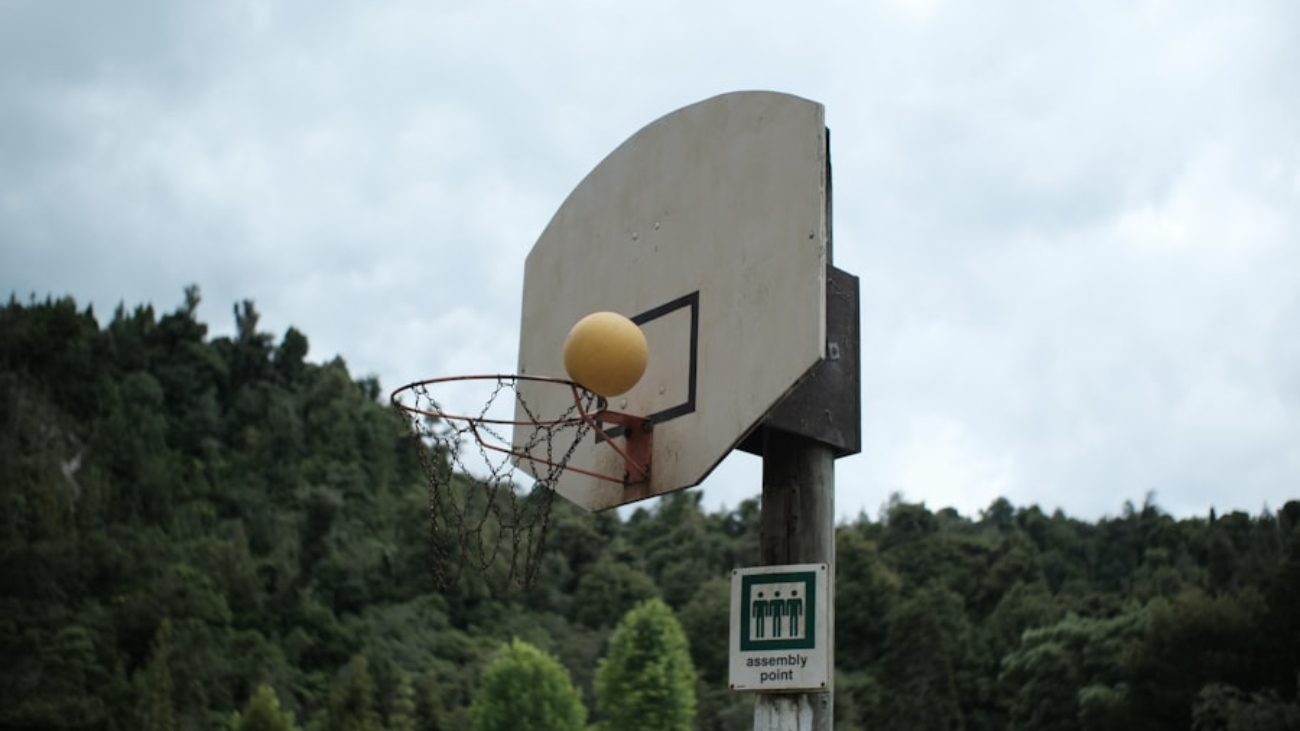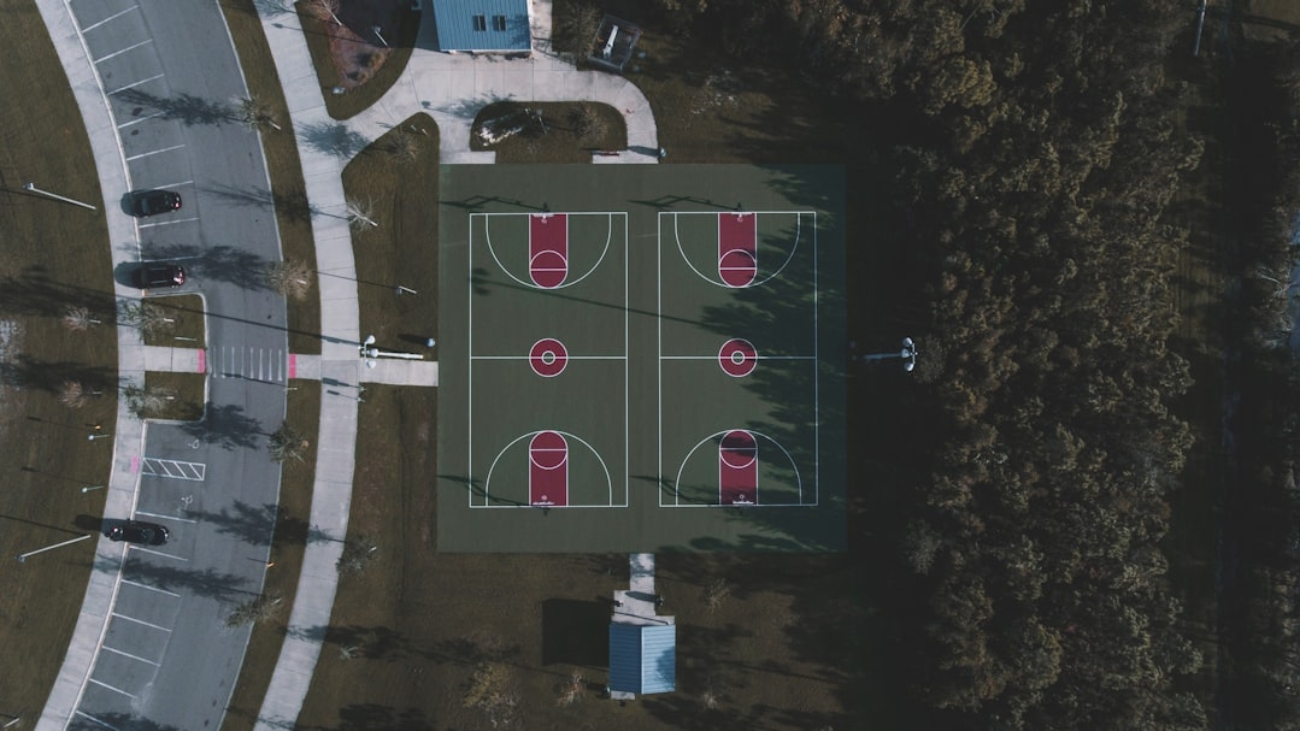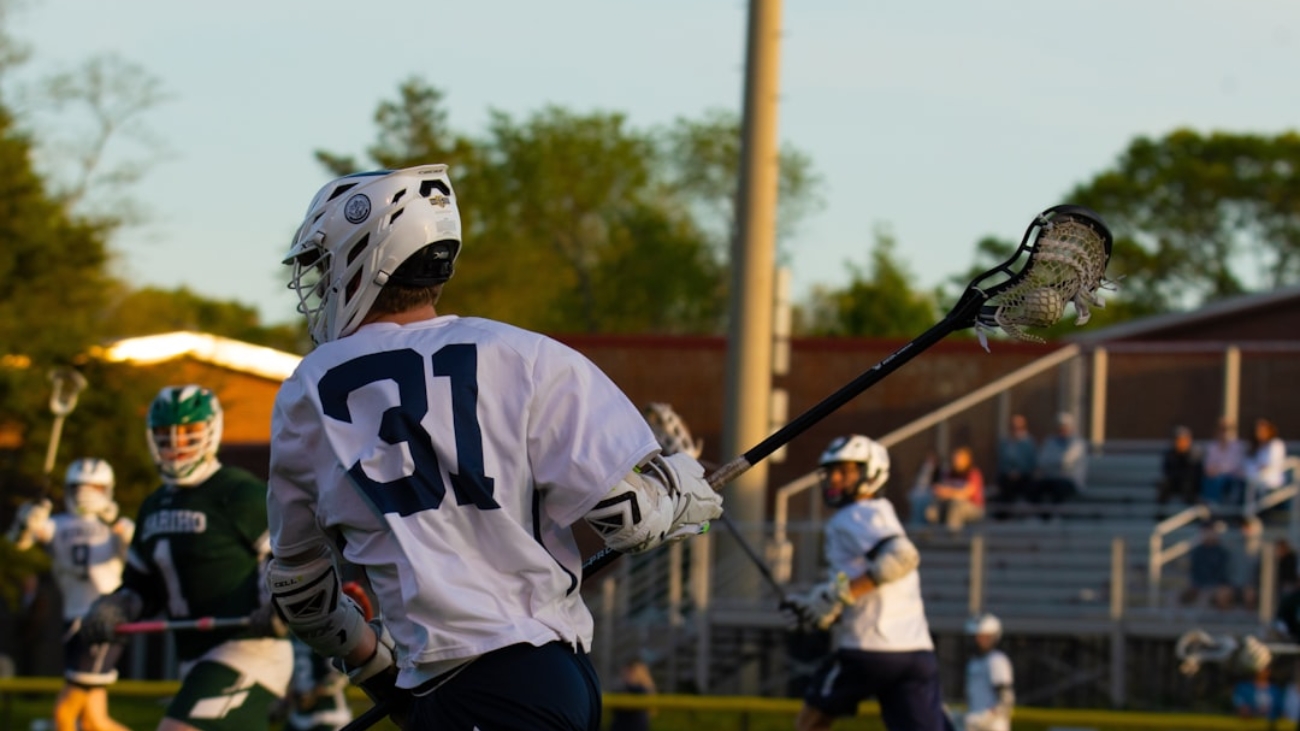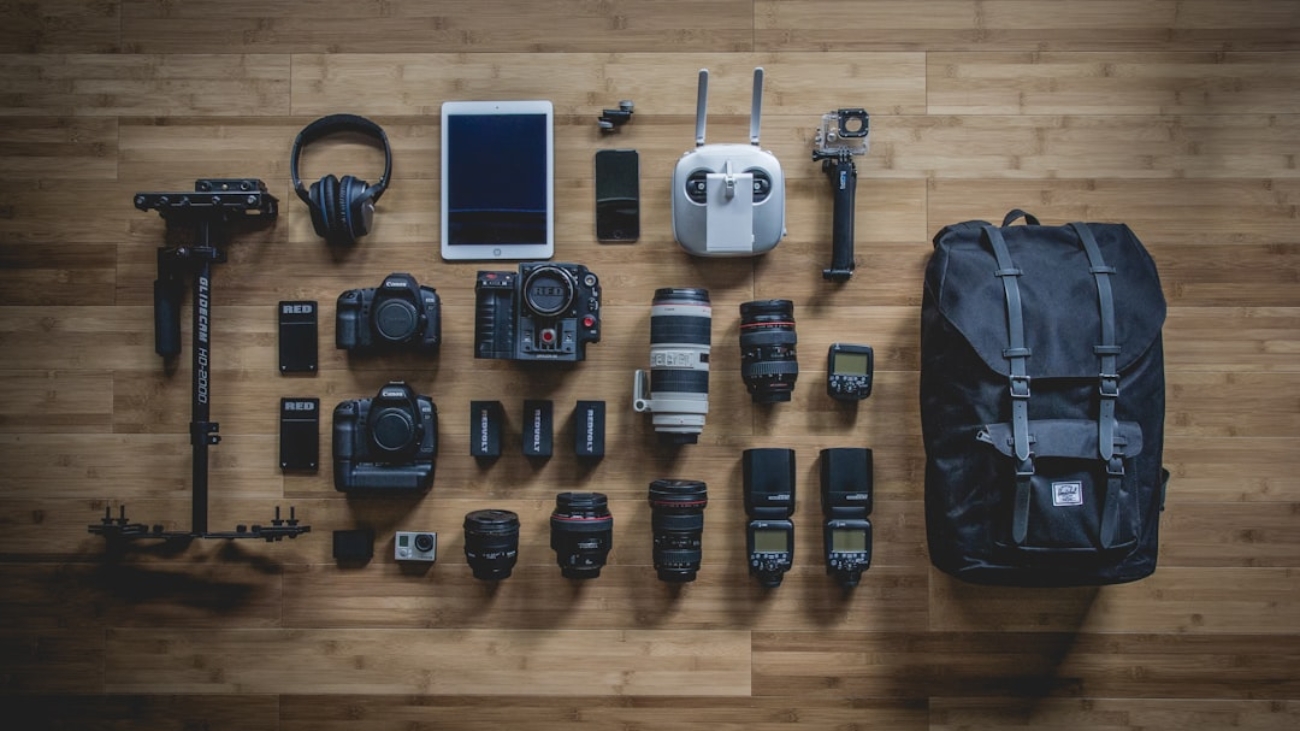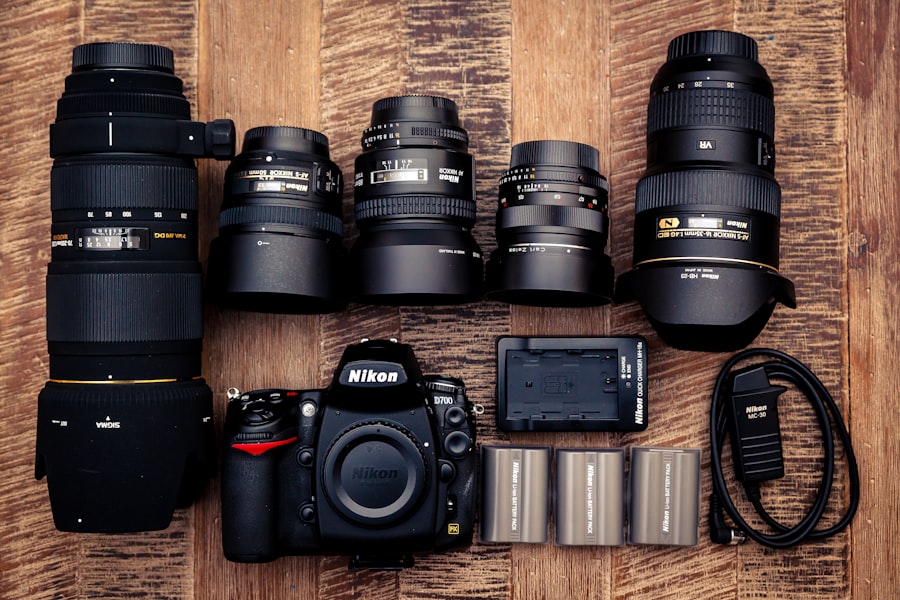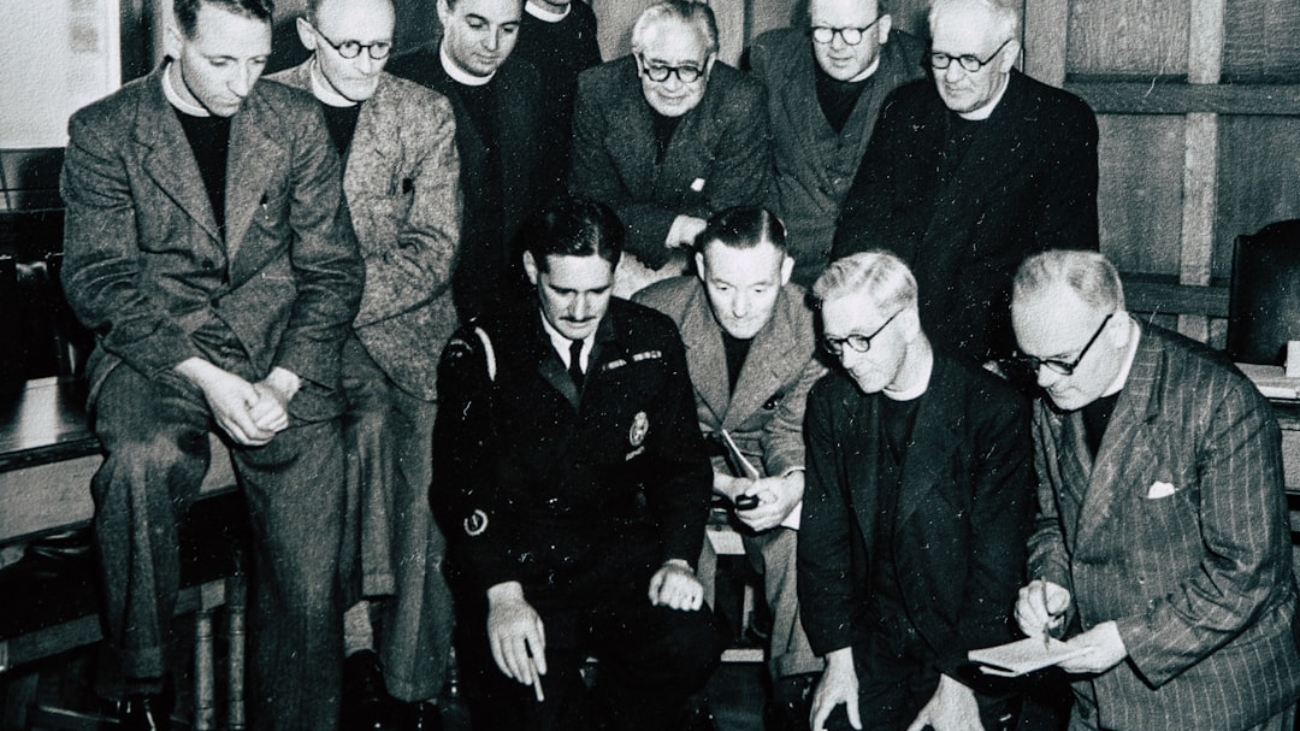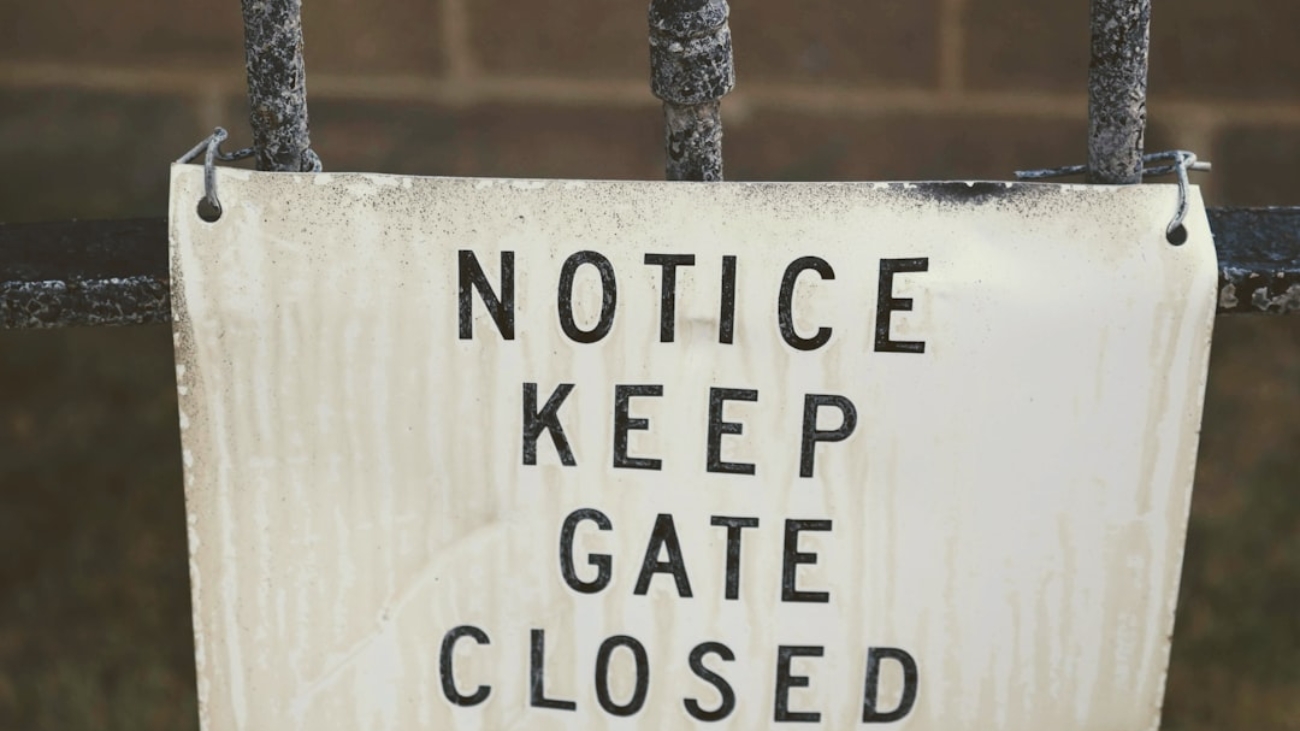As we embark on our journey into the world of sports photography, it is essential to grasp the fundamental principles that govern this dynamic field. Sports photography is not merely about capturing images of athletes in action; it is about telling a story through our lens. Each photograph should convey the intensity, passion, and drama of the sporting event.
To achieve this, we must familiarize ourselves with the various elements that contribute to a compelling sports photograph, such as timing, composition, and lighting. Timing is perhaps the most critical aspect of sports photography. We must develop an instinct for when to press the shutter button, anticipating the peak moments that encapsulate the spirit of the game.
Whether it’s a soccer player scoring a goal or a basketball player making a slam dunk, these fleeting instances require us to be alert and ready. Additionally, understanding composition helps us frame our shots effectively. We can utilize techniques such as the rule of thirds or leading lines to create visually engaging images that draw viewers into the action.
By mastering these basics, we lay a solid foundation for our sports photography endeavors.
Key Takeaways
- Understanding the basics of sports photography is essential for capturing the action and emotion of the game.
- Choosing the right equipment, such as a fast lens and high-speed camera, is crucial for getting clear and dynamic shots.
- Finding the best angles and perspectives can make a huge difference in the impact of sports photos.
- Capturing the emotion and energy of the game requires anticipation and quick reflexes to catch key moments.
- Managing time and prioritizing shots is important for ensuring a well-rounded coverage of the game and its highlights.
Choosing the Right Equipment for the Job
Selecting the appropriate equipment is crucial for capturing high-quality sports photographs. We must consider several factors when choosing our gear, including camera type, lenses, and accessories. A DSLR or mirrorless camera is often preferred for sports photography due to its fast autofocus capabilities and superior image quality.
These cameras allow us to shoot at high frame rates, ensuring we don’t miss those critical moments during fast-paced games. Lenses play a significant role in our ability to capture action from various distances. A telephoto lens, for instance, enables us to zoom in on athletes from afar, allowing us to capture intimate details without being intrusive.
On the other hand, a wide-angle lens can help us capture the entire scene, providing context to the action unfolding on the field or court. Additionally, we should not overlook the importance of accessories such as monopods or tripods for stability, especially when shooting in low light conditions or at high shutter speeds. By carefully selecting our equipment, we can enhance our ability to capture stunning sports images.
Finding the Best Angles and Perspectives
In sports photography, finding the right angle can make all the difference in how we portray the action. We should experiment with various perspectives to discover which ones resonate most with our audience. Shooting from a low angle can create a sense of grandeur and power, emphasizing the athletes’ physicality and determination.
Conversely, capturing images from above can provide a unique overview of the game, showcasing team dynamics and strategies. We should also consider our positioning relative to the action. Being close to the sidelines or behind the goal can yield dramatic shots that highlight key moments.
However, we must remain mindful of our surroundings and ensure we do not obstruct players or officials during the game. By being adaptable and willing to move around, we can find those hidden gems that elevate our sports photography to new heights.
Capturing the Emotion and Energy of the Game
One of the most rewarding aspects of sports photography is our ability to capture the raw emotion and energy that permeates each game. The joy of victory, the agony of defeat, and everything in between can be encapsulated in a single frame if we are attentive and ready. We should focus not only on the athletes but also on the reactions of coaches, fans, and teammates, as these elements contribute to the overall narrative of the event.
To effectively convey emotion through our photographs, we must be patient and observant. Anticipating moments of celebration or disappointment allows us to be in the right place at the right time. Candid shots of players interacting with one another or celebrating a goal can evoke powerful feelings in viewers.
By honing our ability to read the game and predict emotional moments, we can create images that resonate deeply with those who view them.
Tips for Managing Time and Prioritizing Shots
In the fast-paced environment of sports photography, managing our time effectively is essential for capturing all the key moments. We must develop a strategy for prioritizing shots based on the flow of the game and its significance. Before each event, we should familiarize ourselves with the teams and players involved, identifying potential star athletes or pivotal matchups that may warrant special attention.
During the game, we should remain flexible and ready to adapt our shooting plan as events unfold. While it’s important to capture key plays and moments, we should also take time to document quieter moments that may tell a different story about teamwork or strategy. By balancing our focus between high-action shots and quieter scenes, we can create a comprehensive visual narrative that reflects the entirety of the event.
Editing and Organizing Photos for Maximum Impact
Refining Your Work
Once we have captured our images, the next step is editing and organizing them for maximum impact. This process allows us to refine our work and present it in a way that resonates with our audience. We should begin by reviewing all our shots and selecting those that best represent the essence of the game.
Enhancing Your Images
Editing software such as Adobe Lightroom or Photoshop can be invaluable tools in this stage. We can enhance colors, adjust exposure, and crop images to improve composition. However, it’s essential to maintain authenticity; while editing can enhance an image’s appeal, over-processing can detract from its original emotion and context.
Organizing Your Photos
Once we have finalized our edits, organizing our photos into folders based on events or themes will make it easier for us to share them later.
Sharing and Celebrating the Results with the School Community
After investing time and effort into capturing and editing our sports photographs, sharing them with our school community becomes an exciting opportunity to celebrate achievements and foster school spirit. We can utilize various platforms such as social media, school newsletters, or dedicated websites to showcase our work. By doing so, we not only highlight individual athletes but also promote teamwork and camaraderie among students.
Engaging with our audience is crucial during this sharing process. We should encourage feedback and interaction by inviting viewers to comment on their favorite shots or share their own experiences from the games. This interaction fosters a sense of community and connection among students, parents, and faculty alike.
Additionally, organizing exhibitions or presentations featuring our best work can further enhance school spirit and pride.
Incorporating Sports Photography into Classroom Learning
Finally, integrating sports photography into classroom learning offers an innovative way to engage students across various subjects. We can collaborate with teachers to create projects that combine photography with lessons in history, art, or even physical education. For instance, students could research famous sports photographers or explore the evolution of sports through visual media.
Moreover, involving students in hands-on photography projects allows them to develop their skills while fostering creativity and teamwork. By encouraging them to document their own sporting events or school activities through photography, we empower them to express themselves artistically while learning valuable technical skills. This integration not only enriches their educational experience but also cultivates a deeper appreciation for both sports and visual storytelling.
In conclusion, sports photography is a multifaceted discipline that requires us to understand its basics while continuously honing our skills. From choosing the right equipment to capturing emotion and energy on the field, each aspect plays a vital role in creating compelling images that resonate with viewers. By managing our time effectively and sharing our results with the school community, we celebrate achievements while fostering connections among students and faculty alike.
Finally, incorporating sports photography into classroom learning opens up new avenues for creativity and engagement, enriching students’ educational experiences in meaningful ways.
If you are interested in learning more about sports photography, you may want to check out the article on All Star Legends website. This article provides tips and tricks for capturing the best moments in sports photography, which can be helpful for teachers looking to improve their skills in capturing primary school sports events.
Contact us
FAQs
What is primary school sports photography?
Primary school sports photography involves capturing images of children participating in various sports activities at the primary school level. This can include individual and team sports such as soccer, basketball, track and field, and more.
Why is primary school sports photography important?
Primary school sports photography is important as it helps to document and celebrate the achievements and efforts of young athletes. It also provides a visual record of school sports events and can be used for promotional and educational purposes.
What are some tips for primary school sports photography for busy teachers?
Some tips for primary school sports photography for busy teachers include planning ahead, familiarizing oneself with the sports being photographed, using the right equipment, capturing action shots, and seeking permission from parents for photographing children.
What equipment is needed for primary school sports photography?
The equipment needed for primary school sports photography includes a digital camera with a telephoto lens for capturing action shots from a distance, a tripod for stability, extra memory cards and batteries, and a photo editing software for post-processing.
How can primary school sports photography be used by teachers and schools?
Primary school sports photography can be used by teachers and schools for creating yearbooks, newsletters, promotional materials, and social media posts. It can also be used to create a positive and inclusive school culture by showcasing the achievements of young athletes.


